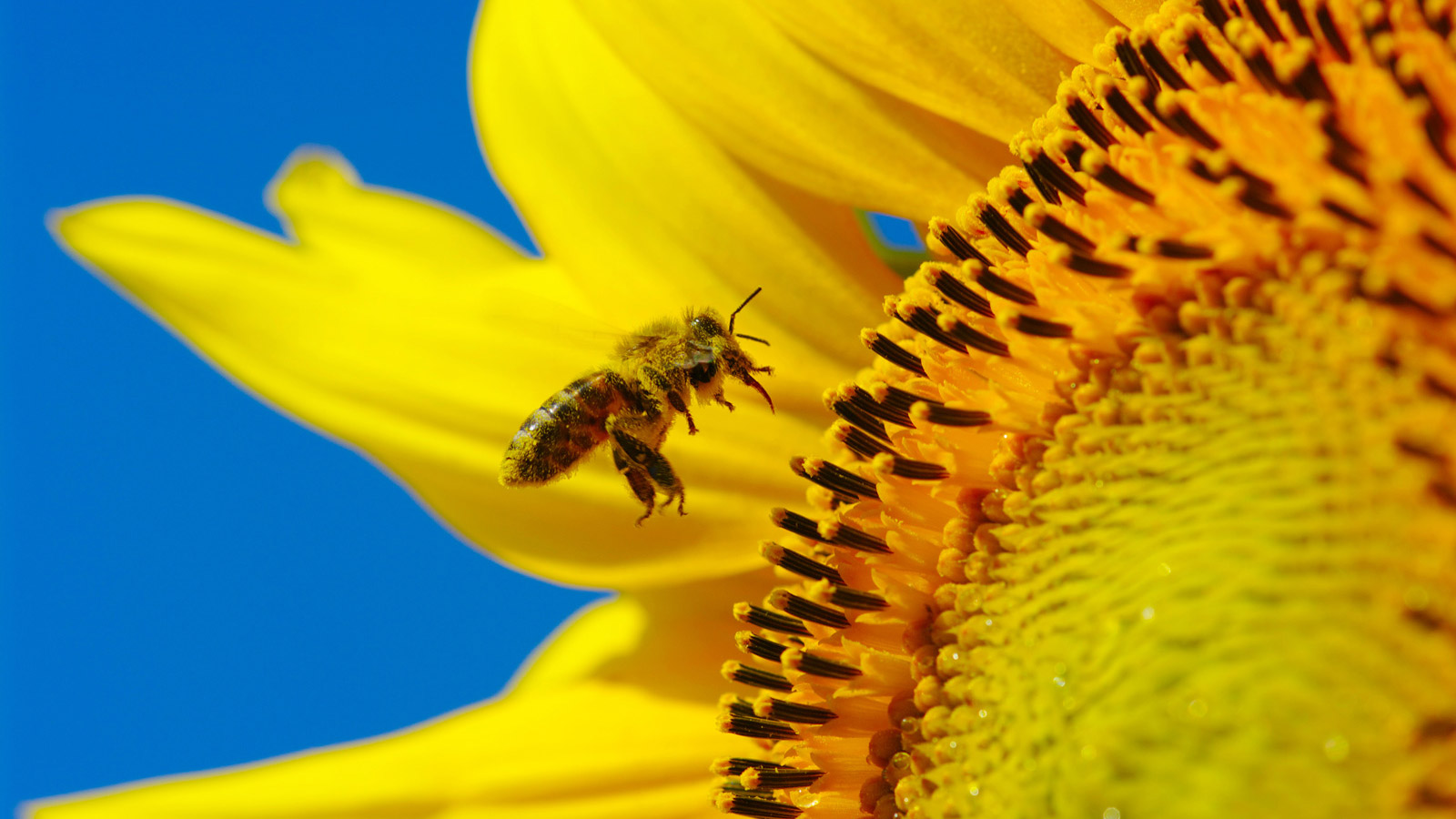Milgro loves the bee. It's even in our logo. Today we talk about the importance of flower bulbs for bees.
In early spring, few flowers still bloom where bees find their nectar and pollen. Therefore, especially in spring, flower bulbs are an important food source for them.
What is a flower bulb?
The bulbous, underground part of a plant is called the bulb. The bulb contains all the nutrients the plant needs to hatch at the right time. If you cut a bulb, you can see the flower sitting centrally in the heart. Just like a baby, waiting for the time to come into the world.
Types of flower bulbs
There are several types of bulbous plants with associated bulbs:
- Annuals: these flowers are known for their bright colors and bloom at their very best the first year. The following years they still come up, but produce fewer and fewer flowers, until flowering stops completely.
- Perennial: these bulbs grow for several years at a time. Therefore, they only need to be planted once.
- Naturalizing bulbs: these hardy bulbs return every year. These bulbous plants propagate themselves.
Flower bulbs can be organic (unsprayed) or sprayed. This difference is important because flower bulbs sprayed with pesticides (neonicotinoids) are harmful to the bee.
Bulbs with lots of nectar and pollen
The bee is especially pleased by open flowers with lots of nectar and pollen. Consider bulbous plants such as blue grapes, crocuses, wild tulips, anemones, snowdrops and hyacinths. A sunny spot for plants provides pollen and nectar production. This makes a plant in the sun especially attractive to bees.
When to plant bulbs?
What is the right time of year to plant bulbs? This varies for each group of bulbous plants:
- Spring flowering bulbs: these bulbous plants are planted from September to December, preferably before the soil absorbs frost. During the winter months, these (mostly) hardy bulbs prepare for flowering from February to May. They are harvested in the summer.
- Summer flowering bulbs: these are not usually hardy bulbs. Therefore, they are planted when the chance of night frost has passed, from March to May. Summer bloomers bloom from July to October and are harvested in the fall.
- Autumn flowering bulbs: these bulbs are planted in July and August and bloom between August and October. Harvesting does not take place until after winter: from May through June.
Milgro and bees
Flower bulbs are an essential food source for bees. Milgro values the well-being of the bee. For Milgro, the bee is much more than an addition to the logo. For us, the bee symbolizes connecting ecosystems. Just as Milgro connects recipients and disposers of used raw materials. That is why we pay a lot of attention to these animals and their natural environment.
Stay informed
Milgro regularly publishes articles and blogs on issues close to our hearts, such as the bee. You will also read regular updates on the circular economy, natural capital and sustainable waste and resource management. Want to stay informed? Follow us on LinkedIn and Instagram.









